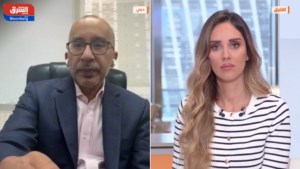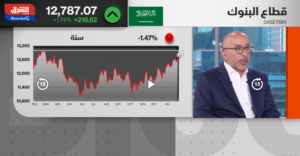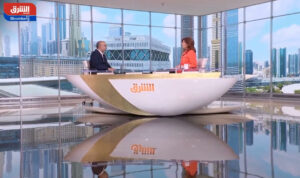UAE investors should be chasing solid yields right now
The right real estate and stock picks offer those very outcomes in spades
There has been a resurgence of commentary about the relevance of cashflow income streams (whether through dividends or rental yields) and whether it should have the appropriate weightage in decision-making. Proponents of ‘capital growth point to the rise in values of luxury real estate as well as tech stocks and startups, none of which offer any cashflow streams to the investor, but outperformed the higher cashflow yield plays.
To dissect these claims, it is important to scrutinize local data to decipher what story the numbers are stating. In a legitimate, though limited sense, Dubai recreated real estate to such an extent that it has formed the substrate of the asset class’ modern language. From academic journals to marketing manuals, Dubai has become a benchmark for real estate communities, though it is far from being the priciest in Tier 1 markets.
The Springs keeps giving
This has been spun into a narrative that points to significant price appreciation potential going forward, despite the challenges of rising interest rates and inflation. However, if we start looking at the data, a somewhat kaleidoscopic picture starts to emerge. At the inception of the freehold phenomena, if an investor bought and held on to a two-bedroom townhouse in The Springs, the capital appreciation over 20 years has been 4x.
During the same period, rental returns (net of service fees and brokerage expenses, and assuming a 90 per cent occupancy rate with standard leases) would have added a further 400 per cent to the returns. In other words, through all the challenges of booms and busts with high and low interest rates, half of the overall return accruing to the investor would have been in the form of cashflow streams.
If we then compare a similar investment made in the Palm Jumeriah in a one-bedroom apartment, the overall return (whilst skewed towards capital gains) clocks in at slightly less. To be sure, there are various other factors at play in the background, and the point is not to cherry pick the data to illustrate a point. In an aggregate sense, cashflow streams are more easily forecastable, whereas, capital gains go through various price cycles and are subject to the vagaries of the manic depressive actions of the market.
Seek the yields
However, over the last 20 years, rentals have accounted for 35-50 percent of overall returns accrued to the buy-and-hold investor. A similar dynamic is at play for capital market investors; much has been made about the sluggishness of some of the IPOs in the secondary market. This commentary, to borrow the phrase of Dante, is il gran rifiuto (the great refusal) to understand the nature of long-term investing and the self-reliance from dependable cash-flow streams.
Over time, economic gravity exerts itself such that wealth creation moves towards higher yielding stocks, even as short-term headlines remain transfixed by the outsized returns of a new startup and/or a new asset. Dante coined the phrase to denounce the miserable indecision of one of the characters; likewise, investors today remain paralyzed by indecision given the conflicting commentary they are bombarded with on an everyday basis. If ever a methaphor can drip, this one surely drips disdain. But it also carries a message.
Invest for the longer term
The way to start making money is to begin, and the surest way to begin is to eschew the speculative spirits that dominate the zeitgeist. Investing is a thinking game, and requires patience in droves.
Critics decry the emphasis on cashflow streams as a relic of history. Tales from the crypt it may be, but the UAE’s emphasis on cash flows is buttressed not only by the data but also backed by the track record of some of the world’s most successful investors throughout time. Unable to distinguish between price and value, the median investor looks at rising prices with greed and envy and falling prices with fear and anxiety.
These are the exact emotions that are needed to be avoided. To avoid this trap, it is with tranquility that these decisions can be made, in an environment that requires basic but a clear understanding of long term value creation.





